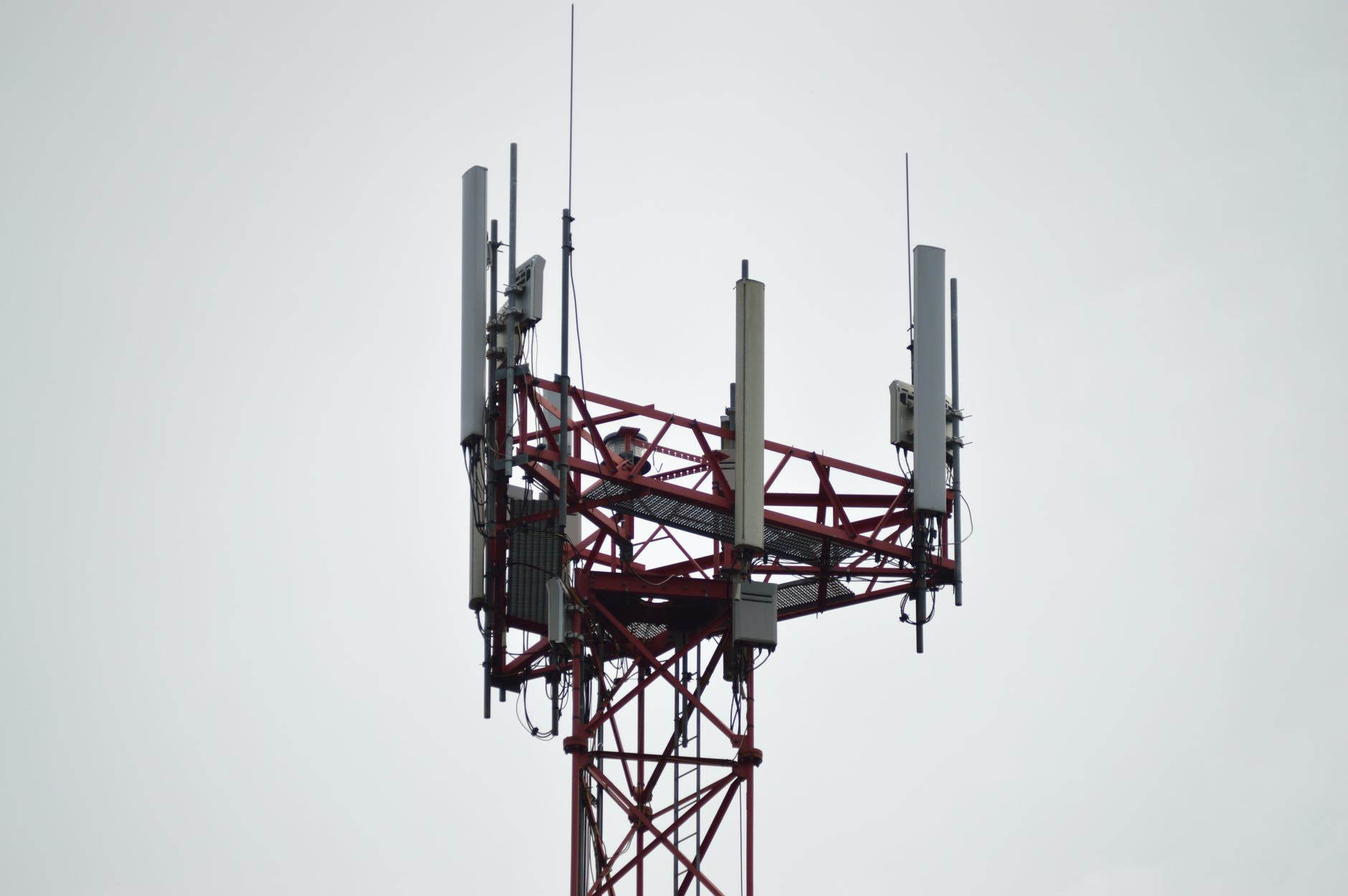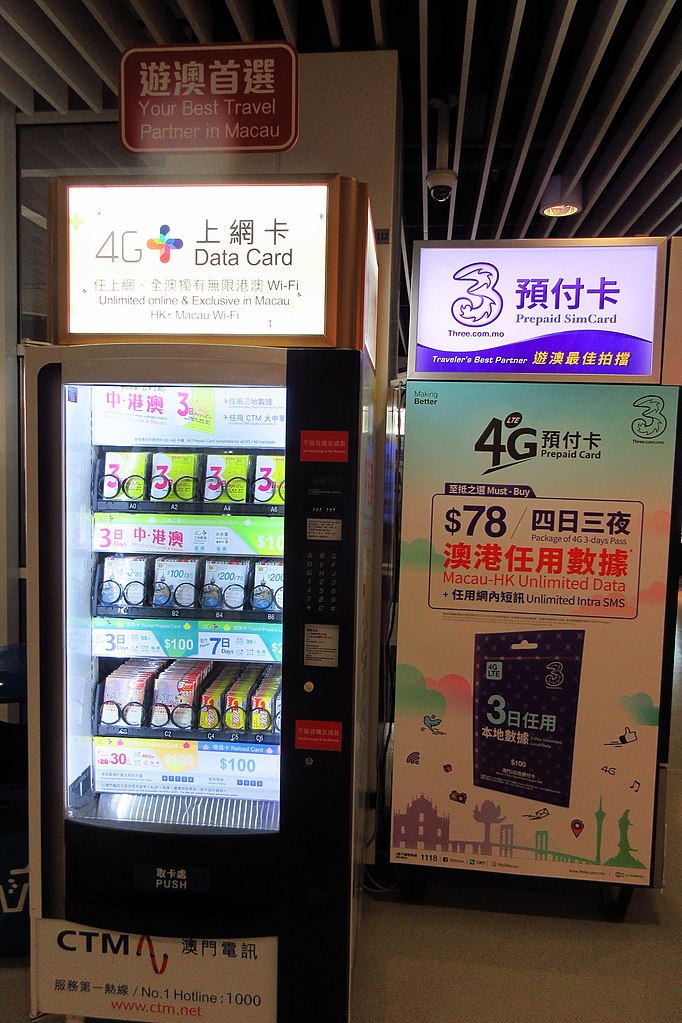
A portable wifi for travel purposes is an idea that we’ve explored a couple of times on this site. There are certainly quite a few options that are interesting. One of the biggest problems that we found is that at times the rates are going to be hard to justify for a person who is traveling on their own. However, it can be a great option for a group or a family. You are going to have a lot of flexibility with these plans. If you are someone who travels with a group or a family quite a bit there’s a good chance that you’ll be able to find a good fit. Particularly if you buy a device and then just keep getting data.
How do these devices work? The concept behind these devices is rather simple. You have a device that is emitting a constant wifi signal and you’re going to be able to connect different devices to that same internet service. Now, the big difference that you have with most of the portable Wifi for travel options compared to the wifi that you have at home is that your data is most likely going to be limited. So you’re not going to want to be watching videos all day just like you would be at home. There are certain details that you would do well to take into account if you are going to use one of these devices on your trip.
- Portable Wifi For Travel – Buy Or Rent The Device?
- What Type of Internet Quality Can I Expect To Have?
- Check The Amount of Devices That Can Be Linked At Any Given Time
- Why We Say It Works For Groups, But Not Individuals
- The TravelWifi Option
- Portable Wifi For Travel or Local SIM Card?
Portable Wifi For Travel – Buy Or Rent The Device?
Just like with many gadgets that you could use for a variety of reasons, the decision to buy or rent a portable wifi device could come down to the number of days that you’ll be spending abroad. If those days are all going to be coming in the same trip , renting can still be a good option. Since you’d just be paying for the shipping fee of the device once. When you rent though you could be held liable for anything that happens to the device. That can be a hassle. Obviously the rates are going to be lower when you actually own the device. Since you won’t have to take into account shipping fees or even renters insurance that some providers offer.
The way that we see it, if you are going to travel to 2 different places within maybe a year with a large group the buying option could make sense. Just because it’s more comfortable to have the device and not have to go through the hassle of making sure that it arrives on time for your trip. These devices usually cost around 150 to 200 dollars. So you are going to want to use them at least 2 or 3 times to really earn that investment back. In some cases a high shipping fee for the rental can actually push people to purchase the device. We suspect some companies drive the price of rentals way up to try and get people to buy more of these devices directly.
What Type of Internet Quality Can I Expect To Have?

This is heavily going to depend on where you are traveling, and how you are traveling. We are not just talking about the country. When it comes to international coverage you usually can’t assume that you’re going to have 4G or even LTE speeds available to you at all times. With a portable Wifi for travel it’s wise to assume that coverage in rural areas is going to be harder to come by than it’ll be in urban areas. So if you are planning on going camping and taking this tool with you then maybe have a back up plan or assume that you’ll have to go long stretches without coverage. If you are paying a daily fee for coverage that you’re not getting we can see why you’d be upset.
Another issue that we’ve noticed with some of these portable wifi options is that they aren’t exactly great for providing coverage in moving vehicles. That can certainly be a big problem because you may be relying on map apps when you’re driving in a country that you don’t necessarily know. When can you really expect this type of tool to have great coverage? Well, in an urban setting when you are not in a ton of motion. That’s potentially the ideal conditions to get good coverage from portable wifi options. If your trip isn’t going to include a lot of these moments you may want to look for another coverage option.
Check The Amount of Devices That Can Be Linked At Any Given Time
Different travel wifi or wifi hotspot providers if you will, are going to have their own number for this. To us, it’s really something that’s important because really the more devices that you can have connected to the spot, the more you can justify actually getting it. For example, if you could connect only 4 devices on the wifi network, and the price tag is about 5 dollars a day on a rental for a family of 4 the rates could look better with a local SIM card for every family member. Now, if you’re traveling with a larger group and the device says that you can connect up to 10 phones or laptops to it, the 5 dollar a day price tag may make more sense.
With some of the options that we reviewed on the site what we found is that this option ultimately started to make sense for families of around 4 or 5. The problem was that some of the devices only allow you to hook up 4 phones at any given time. That means that the family of 5 is going to always have an odd man out. Which is a real shame because the bigger the group the more it makes sense to get this type of coverage. The bottom line here is that you should always ask how many devices can be connected to the network at any given time. If we are being honest, sometimes the number of devices that can be connected at one time is not the same as how many devices can be connected at once with a decent speed output!
Why We Say It Works For Groups, But Not Individuals

This is something that we just got done talking about a bit. We want to make sure that we expand on this though, so that you can see some of the pros and cons of these devices. Speaking from this particular angle. As we mentioned, the rental for coverage in some countries of a portable wifi for travel device gives you a rate of around 5 dollars a day. If you have to pay shipping fees that’s also something that could factor in. A local SIM card can get you a ton of data for 40 dollars at a high average if you will, for the whole month. There are countries where you can get coverage for way less. You’d pay 40 dollars in about a week on the travel wifi option.
With the local SIM card you could go out and get an option that offers data plus minutes, and texts. When you’re on the portable wifi option it’s just data. If we are talking about a monthly trip for one person, the local SIM card option just makes more sense across the board. If you are traveling as a group and you’d have to pay 40 or 30 dollars per person to have each phone get coverage, the portable wifi for travel option starts to make more sense. Even without the option of getting minutes and texts. Since, you can call or text through different apps if it comes down to it.
The TravelWifi Option
Now we are going to be exploring TravelWifi, the company and the options that they offer. There are essentially two paths here, and we have to say we don’t love the buy path. The rental can make more sense. The buy path essentially means that you have to buy one of their portable wifi devices. They currently have two options, one at 149 and the other at 199. Then you can add data for when you want to use it. They charge you 27 dollars for 4GB of data for 15 days in Europe. On the rental plan, you may or may not have to pay for shipping fees. They have a store and vending machines where you can pick up the device. You’ll pay 7 or 9 dollars a day.
You may say that if you buy it then you can skip the shipping situation, and just recharge. That’s 100% true, we just don’t love the data rates for when you already have the plan. The whole idea that we talked about that contemplated multiple devices doesn’t make a lot of sense with 4GB at 27 dollars. You can get more GB on a rental for less. Granted the credit validity on the rental is an issue. Yet, when it comes down to it the prices for data are higher than what you may find with local SIM cards. Particularly since SIM cards are usually more reliable with data on the go than these wifi devices.
Portable Wifi For Travel or Local SIM Card?

This debate is one that is potentially going to shift in the coming years. This is just a guess, but at this point coverage from a portable Wifi for travel device is in general more expensive, and less reliable than what you can get with a local SIM card. Also, you have to take into account that with a portable wifi device there’s no opportunity to get minutes or SMS texts as part of your coverage. With a local SIM card if you want to go get texts and minutes you are going to be able to do so. It could require some more extensive research to find the option that really suits you. At the end of the day though the options are out there.
Speaking of options, that’s another thing that travel Wifi devices fall short of when compared to local SIM cards. There are currently just a couple of travel wifi providers. When it comes to local SIM cards you have the regular local providers that typically any country has. No, we are even seeing an eSIM invasion. In which you are able to get coverage online without even needing to insert a card in your phone or carry around an extra device. Having said all that when traveling as a group the portable wifi for travel option still seems viable.
Portable Wifi For Travel – Conclusion
We’ve done reviews on portable wifi for travel devices, and we seem to always reach the same point. The idea is great, and price wise if you’re traveling as a group having one of these devices can make sense. Right now though if you’re just traveling on your own, and you travel a lot the local SIM card option still works best. Not only because of the rates, but also because you’ll have more reliable coverage and the possibility of getting minutes, and texts added to your plan. Something that is pretty much off the table with the travel Wifi device.
Something that was rather telling for us was realizing that TravelWifi the company was also offering local SIM cards as a coverage option. You can look at the glass as half full and say they are trying to expand their business. The way we saw it though it seemed more like an admission that their flagship product wasn’t great. It’s for group travelers in our book. Unless rates go down or coverage just because amazing it’s hard to point to a time where these types of gadgets will be the go to for international coverage.
Get An E-SIM Card To Access Low Cost Coverage In Any Country In The World

In doing so you’ll be supporting us create more content to help you find coverage as you travel. At the same time you may be solving the issue that you came here for help on!